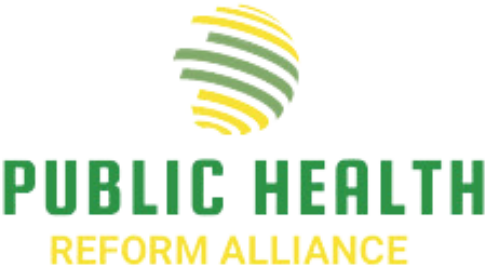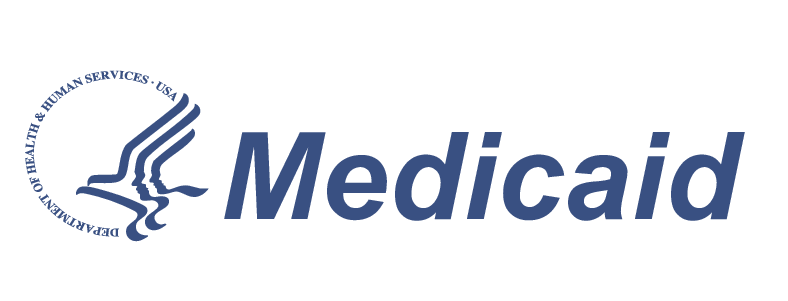


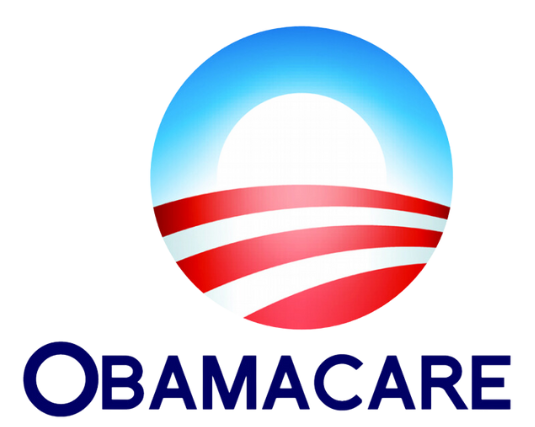
Public Health Bureaucracy: At the federal level, the agencies and officials involved have many mandates but primary among them are: 1) the administration of the extremely large insurance programs (e.g., Medicare, Medicaid, the Affordable Care Act); 2) the extensive research and development it funds and conducts (and the corresponding regulation it possesses) over medical products, pharmaceuticals, healthcare related innovation; and 3) its role as the nation’s leading expert on issues of public health.
Public Health Insurance: Considered one of the key aspects of the social safety net with roots in the New Deal, the government has become the single biggest player in the health insurance industry. Oftentimes, by way of their guidelines, approved rates, and coverage requirements, public health insurance programs like Medicare and Medicaid often dictate much of how the private insurance sector is allowed to operate. Notable programs include Medicare, Medicaid, Health Insurance Marketplace and State Children’s Health Insurance Program (SCHIP).
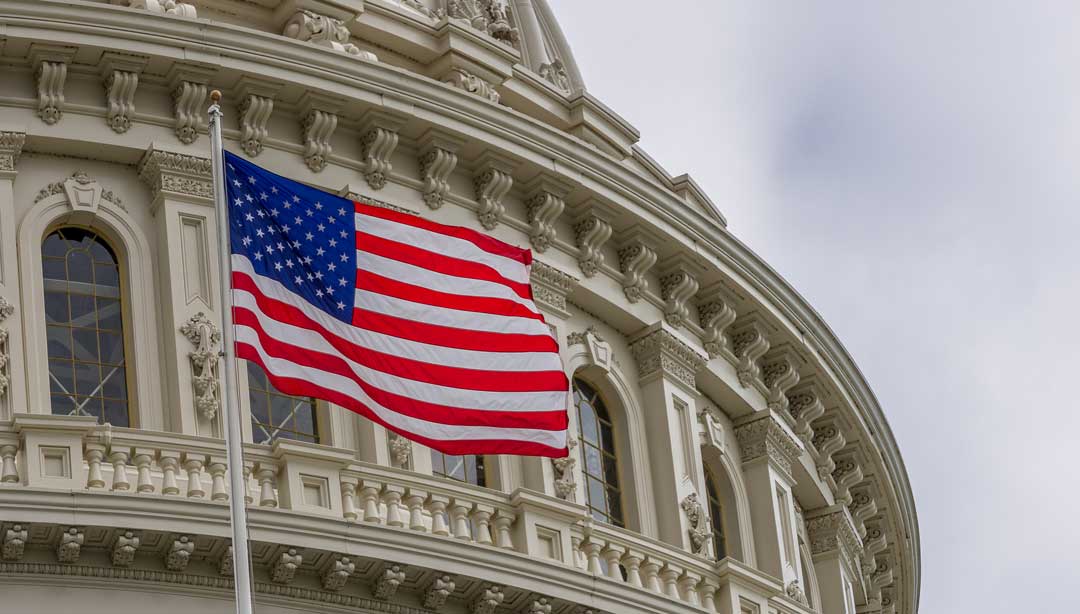
Medicare: Health insurance for people 65 and older and certain younger people with disabilities. It is composed of three different parts – Part A for hospital insurance, Part B for medical insurance, and Part D for prescription drug coverage. Most recipients of Medicare Part A do not pay premiums if they or their spouse paid Medicare taxes while working for a certain period of time. Part B requires payment of a monthly premium and Part D is available through other Medicare Plans or Medicare Advantage. Medicare Advantage is Medicare-approved coverage from a private company that offers an alternative to “Original Medicare” for health and drug coverage. Medicare Advantage plans, also known as Part C, can include Parts A, B, and D, and may offer additional benefits not available through Original Medicare.
- Medicare, along with Medicaid, was created by legislation signed into law on July 30, 1965. These programs were created as “basic insurance programs for Americans who didn’t have health insurance.” The 1997 Balanced Budget Act officially created Medicare Choice, managed care through private insurance companies, the precursor to Medicare Advantage. The 2003 Medicare Modernization Act created Medicare Part D for prescription drug coverage and also renamed Medicare Choice plans to Medicare Advantage.
- KFF reports that Medicare spending in FY 2023 was $829.9 billion, or about 13% of all federal spending.
- Approximately 65 million people are covered by Medicare.
- Medicare is overseen by the Centers for Medicare and Medicaid Services (CMS) within HHS.
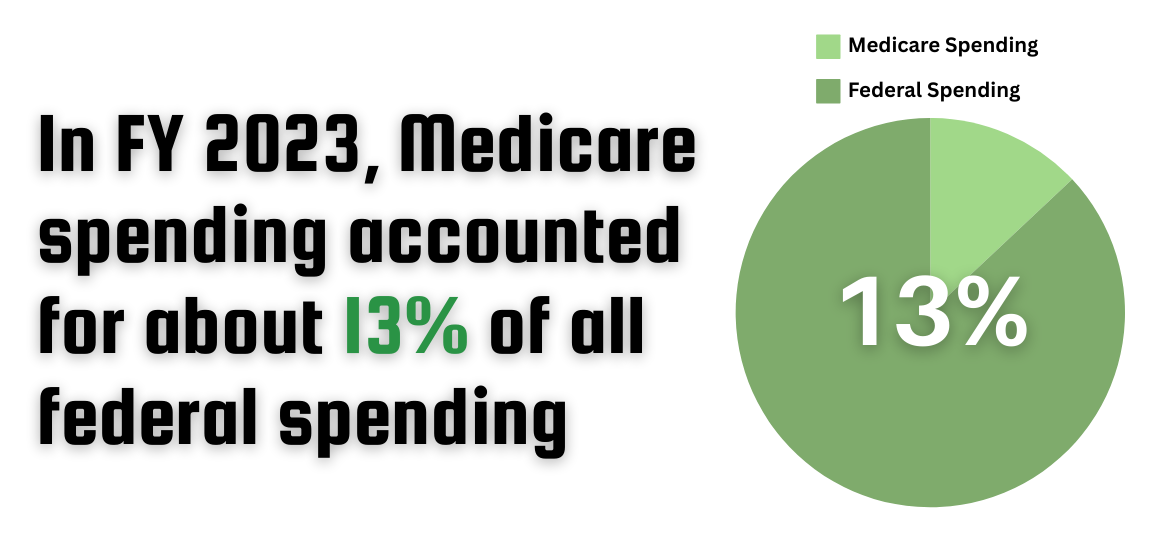
Medicaid and CHIP: Medicaid was created by the same legislation that spawned Medicare. Intended to provide insurance for low-income people, Medicaid is a joint program between the federal government and the states, with each state administering its own program within parameters established by the federal government. Funding is shared between the federal government and each state. The Children’s Health Insurance Program (CHIP) was established by legislation in 1997 and provides federal matching funds to states to furnish health coverage for children in families with incomes too high to qualify for Medicaid, but who can’t afford private coverage.
- Authorized by Title XIX of the Social Security Act, Medicaid was signed into law in 1965 alongside Medicare. All states, the District of Columbia, and the U.S. territories have Medicaid programs designed to provide health coverage for low-income people.
- In FY 2023, Medicaid and CHIP spending totaled $625.4 billion, or 10 percent of total federal outlays.
- Medicaid covers 84 million individuals.
- The Center for Medicaid and CHIP Services(CMCS), a division of CMS, serves as the focal point for all national program policies and operations related to Medicaid and CHIP.
The largest expansion of the government’s role in the health care and health insurance industry since the Great Society. Passed in 2010 solely relying on Democratic votes and in the face of bipartisan opposition, the country’s massive new entitlement program is just over ten years into its creation. Programs created by the ACA now provide health insurance coverage to 10 million individuals. Coverage obtained via the Marketplace is offered through private insurers but premiums are subsidized by the federal government for most recipients, including up to the full cost of the coverage for some individuals and families. Under Obamacare, states may also set up a Basic Health Program for people within a certain income range.
- In FY 2022, federal subsidies and tax credits for the ACA Marketplace totaled $80.1 billion. The Congressional Budget Office projects that spending in the marketplaces and Basic Health Plan will amount to $1.1 trillion from 2024-2033.
- The nongroup coverage offered by the ACA Marketplace and the Basic Health Program provide coverage for a total of 10 million people.
- CMS is responsible for issuing regulations to implement the ACA and CMCS oversees the Basic Health Program.
